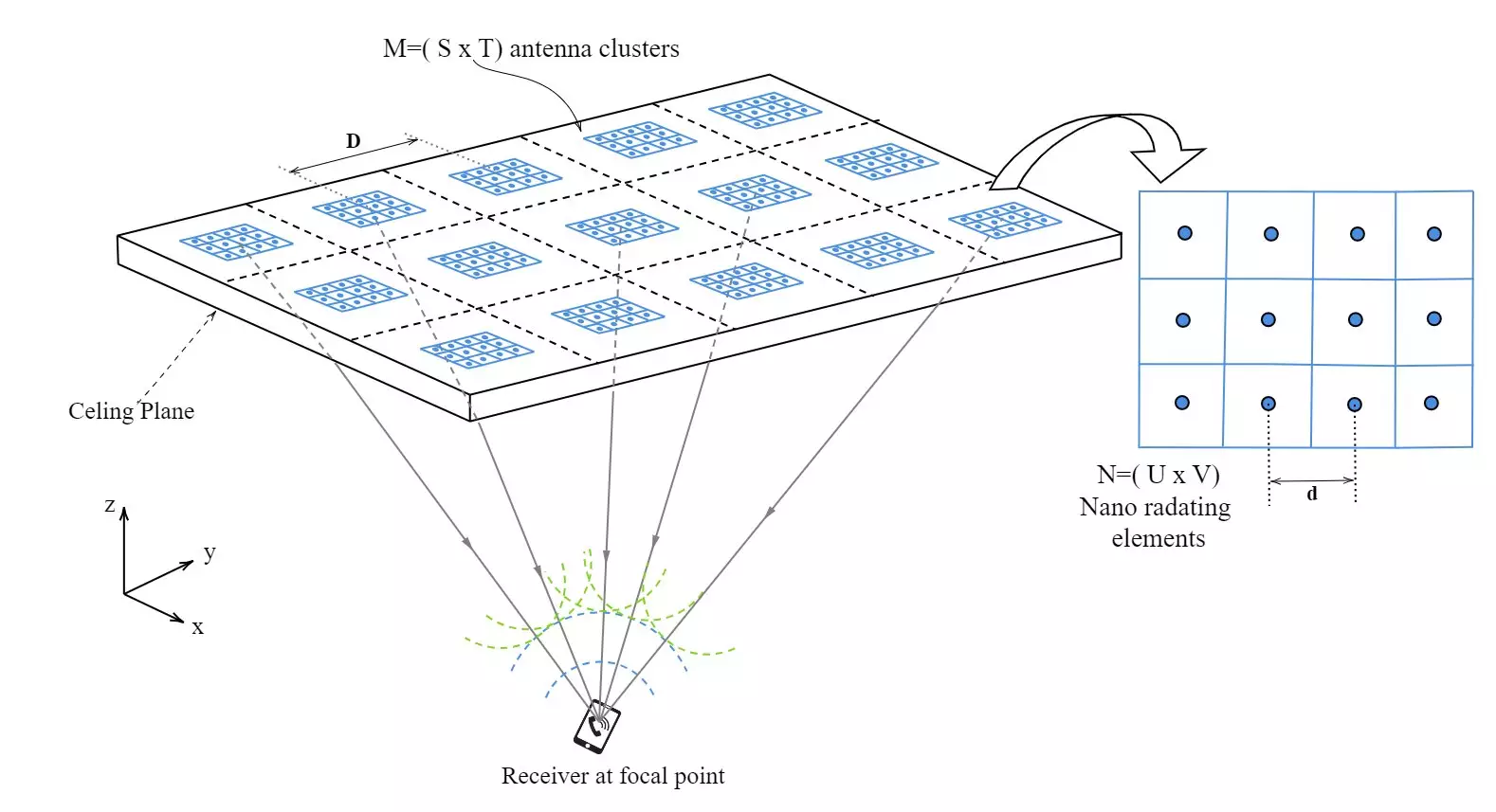As society advances into an era dominated by digital interconnectivity, the need for robust and high-speed wireless communication systems is more pressing than ever before. Traditional technologies such as Wi-Fi and Bluetooth, while groundbreaking at their inception, are now grappling with an overwhelming influx of data traffic, limited bandwidth availability, and a plethora of signal interferences. These constraints highlight significant limitations in conventional radio frequency (RF) technologies, urging researchers to explore innovative approaches that promise to revolutionize how we communicate in enclosed spaces.
Optical Wireless Communication (OWC) stands out as a formidable contender in addressing the escalating demands for faster and more reliable communication solutions. By utilizing light—particularly infrared (IR) technology—OWC proposes to overcome many hurdles faced by traditional RF systems. Our recent research, which has been documented in the reputable IEEE Journal of Lightwave Technology, reveals a pioneering system engineered to provide superior signal transmission without susceptibility to interference, thereby ensuring enhanced performance indicators.
Innovative Concept: Phased Array Within a Phased Array
At the core of our groundbreaking development is the concept of the “phased array within a phased array.” This concept draws an intriguing parallel to the quantum mechanics principle of superposition, where a particle can exist in multiple states simultaneously. In our system, numerous smaller, intricate optical antennas are meticulously arranged within larger arrays. This strategic alignment fosters a synergistic effect, where the collective action of these antennas significantly amplifies and sharpens the IR signals produced, resulting in an unprecedented level of precision.
Rather than depending on a single source for transmission—an approach vulnerable to interference or physical barriers—our system dynamically employs multiple clusters of transmitting elements. Much like the overlapping states outlined in quantum superposition, this redundancy guarantees signal clarity and dependability, even in cluttered environments where traditional systems would falter.
Dual Transmission Wavelengths: A Game Changer
One of the defining features of our innovative approach is the incorporation of dual transmission wavelengths. This feature is instrumental in optimizing both the focus and stability of the signal. Even with larger spacings between clusters, our multi-cluster model ensures exceptional beam accuracy while significantly mitigating the risks associated with signal fade. By leveraging this duality, we enhance the overall reliability of the transmission, making it especially suitable for complex applications where uninterrupted communication is non-negotiable.
In harmony with our emphasis on performance, we also prioritize energy efficiency within our design framework. To achieve optimal resource management, we have employed an Ant Colony Optimization (ACO) algorithm—an ingenious strategy inspired by the natural behaviors of ants. In essence, this algorithm directs the system to activate only the clusters necessary for effective transmission, thereby reducing unnecessary power consumption.
Traditional wireless systems often operate on an all-or-nothing basis—continuously powering the full network, incurring high operational costs and contributing to environmental degradation. In contrast, our ACO-optimized approach effectively conserves energy by deactivating idle clusters, thus encouraging a more sustainable model of power usage, especially as global initiatives emphasize the importance of ecologically responsible technologies.
Expanding Applications for Optical Wireless Networks
The implications of our research are monumental, opening pathways for the widespread implementation of optical wireless networks across diverse sectors. From healthcare, where secure and reliable communication is vital for patient safety, to dynamic industrial environments and modern office settings, the versatility of our system caters to a broad spectrum of applications.
Moreover, the principles underlying our phased array design are adaptable beyond infrared wavelengths. With potential scalability for various applications as technological advancements continue to unfold, our work establishes a foundational framework for future innovations in wireless communications.
This endeavor transcends the mere enhancement of speed or performance; it embodies a transformative vision of communication. By dismantling existing paradigms and innovating through optical technologies, we pave the way for a future characterized by seamless, efficient, and environmentally conscious wireless communication networks that can meet the demands of a rapidly evolving digital landscape. As we stand on the cusp of this new frontier, the possibilities for OWC are boundless and inspiring.


Leave a Reply